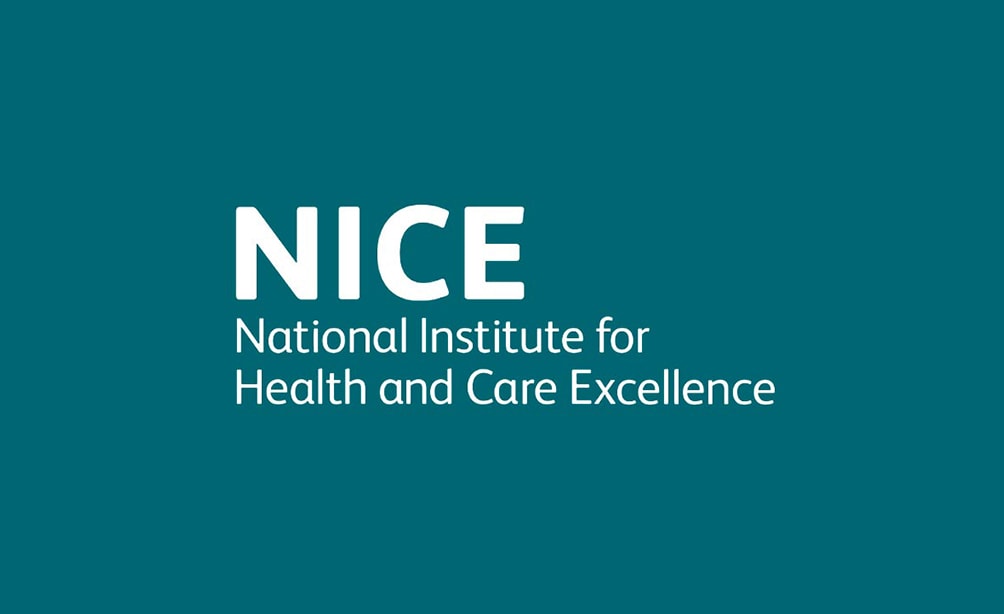Key changes:
Bleeding risk score
New NICE guideline recommends using the ORBIT bleeding risk score but equally recognises that existing bleeding risk scores may still be used as they are embedded in clinical pathways and electronic systems.
Anticoagulation
DOACs are preferred in patients with atrial fibrillation and a CHA2DS2‑VASc score of 2 or above. Apixaban, dabigatran, edoxaban and rivaroxaban are all recommended as options. However if these are contra-indicated or not tolerated then vitamin K antagonist (VKA) should be offered. However, if patients are established on treatment with VKA then switch to DOAC should be discussed at the next routine appointment. In men with atrial fibrillation and a CHA2DS2‑VASc score of 1 anticoagulation (with a DOAC) should be considered. Do not stop anticoagulation solely because atrial fibrillation is no longer detectable.
Left atrial ablation
If drug treatment is unsuccessful, unsuitable or not tolerated in people with symptomatic paroxysmal or persistent atrial fibrillation:
- consider radiofrequency point‑by‑point ablation or
- if radiofrequency point‑by‑point ablation is assessed as being unsuitable, consider cryoballoon ablation or laser balloon ablation.
Consider antiarrhythmic drug treatment for 3 months after left atrial ablation to prevent recurrence of atrial fibrillation, taking into account the person’s preferences, and the risks and potential benefits.
Read the full guidelines on the NICE website.
Reference:
Atrial fibrillation: diagnosis and management, NICE guideline [NG196] Published: 27 April 2021

